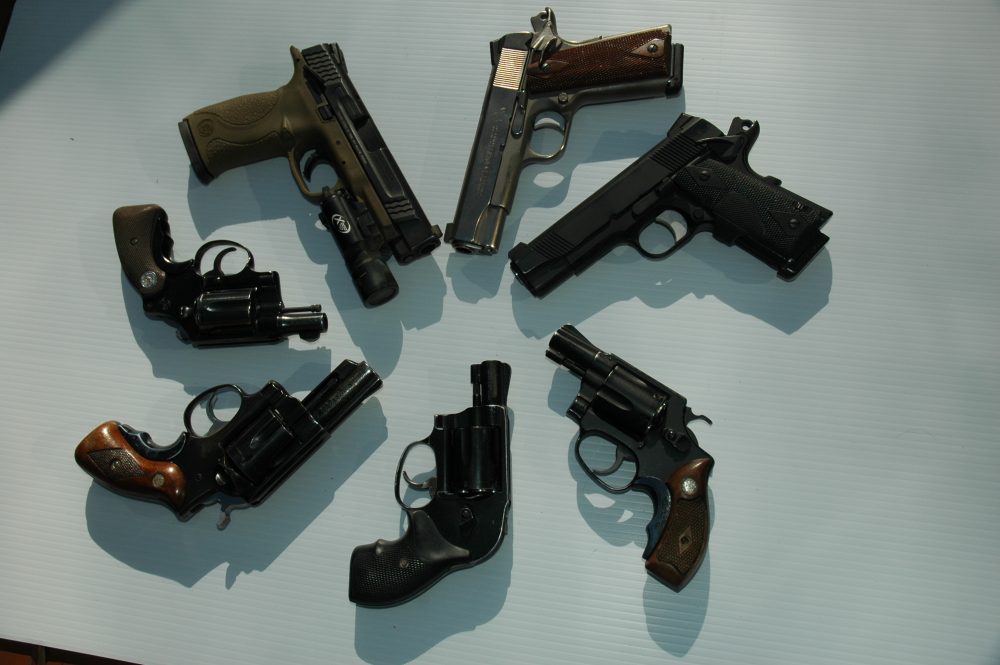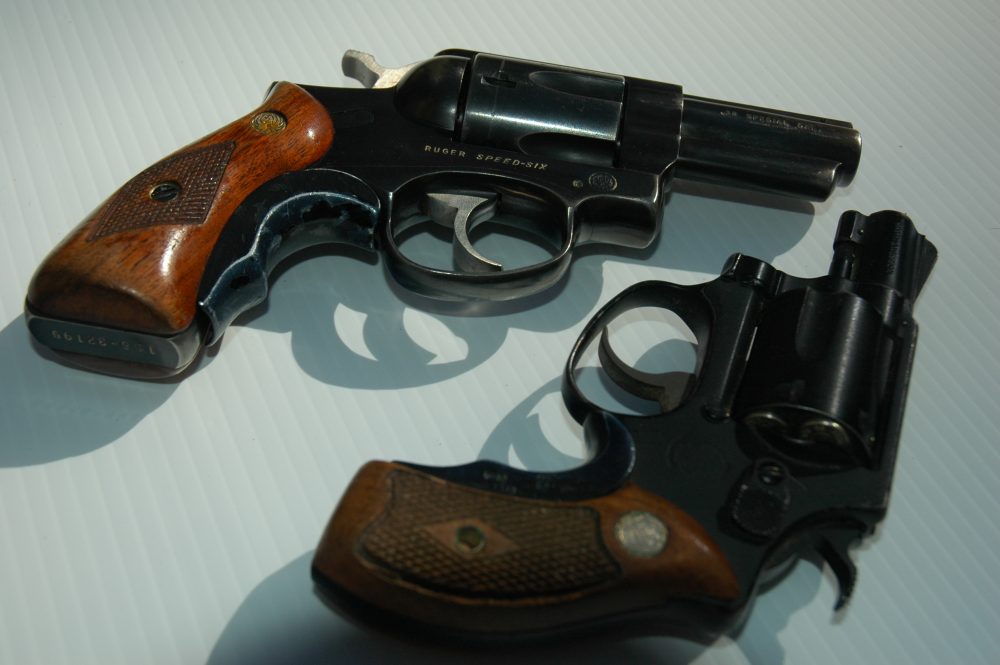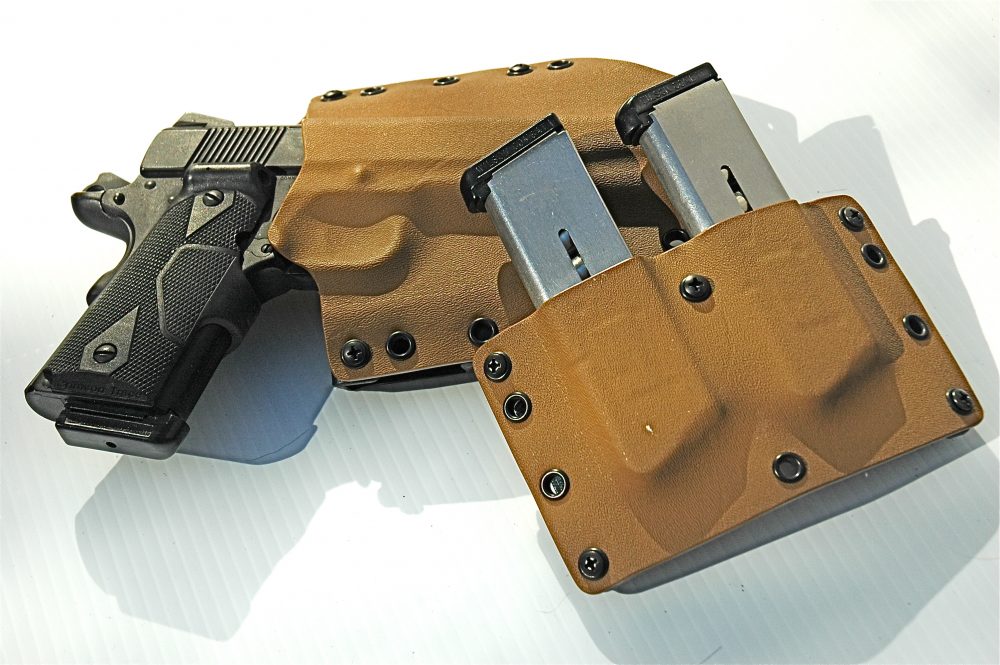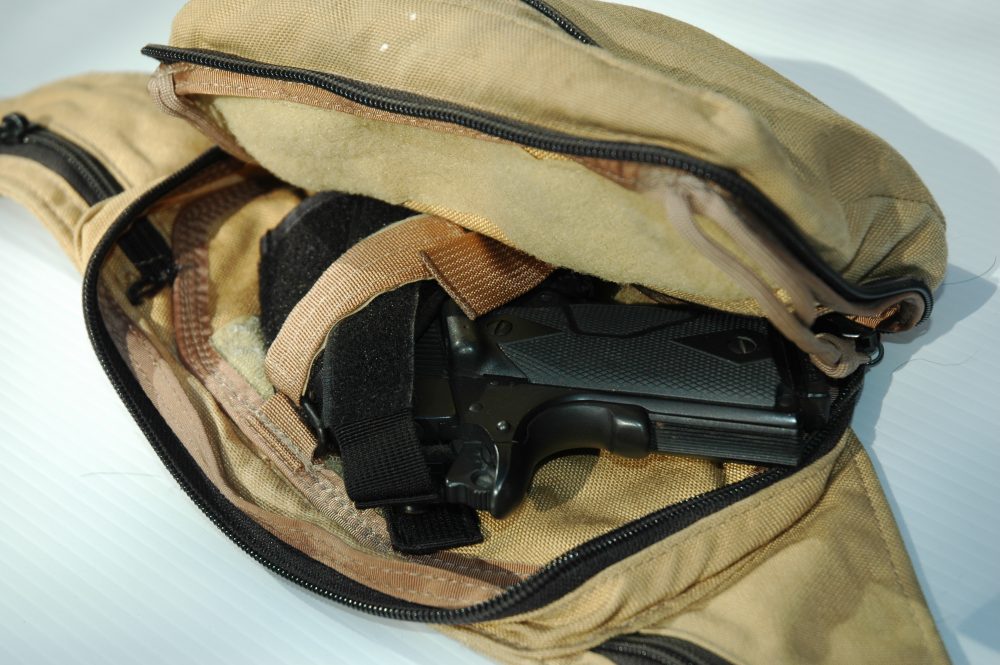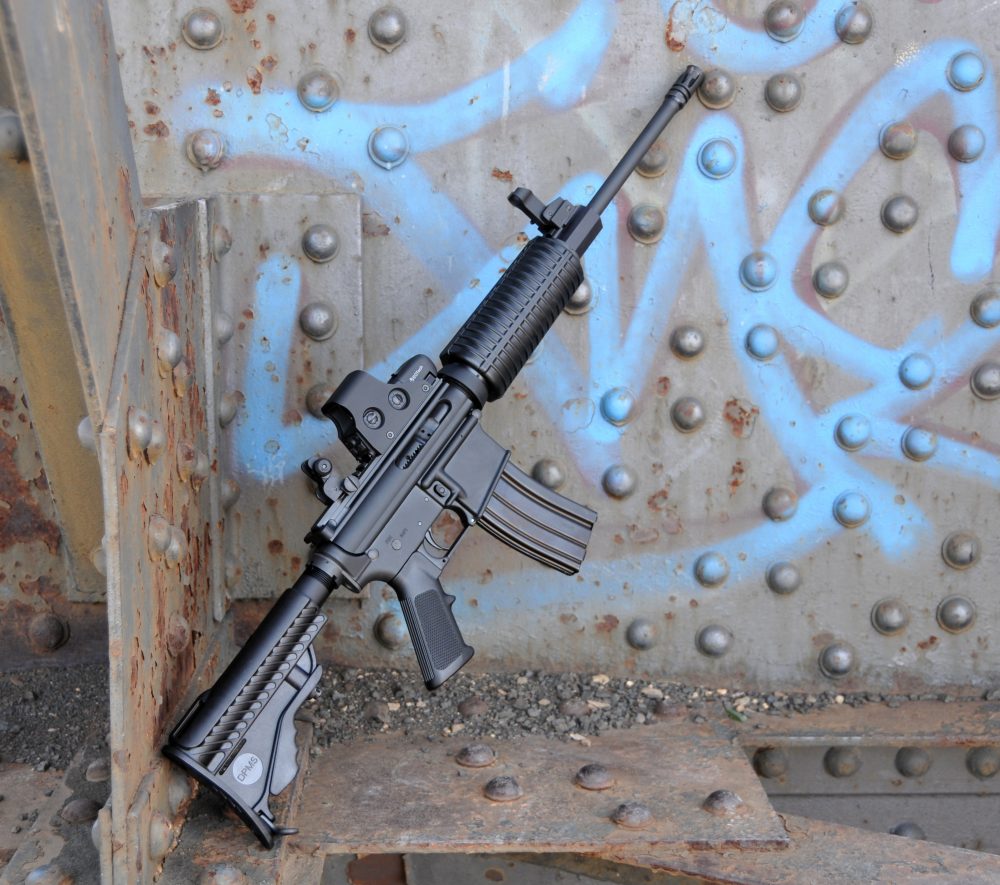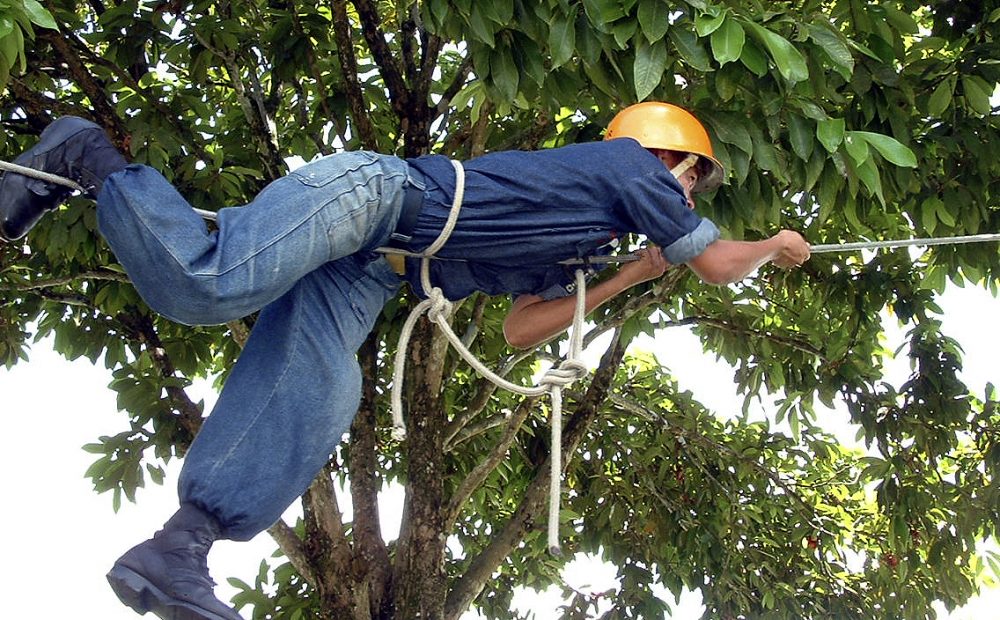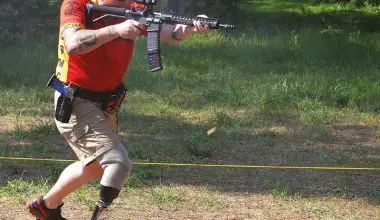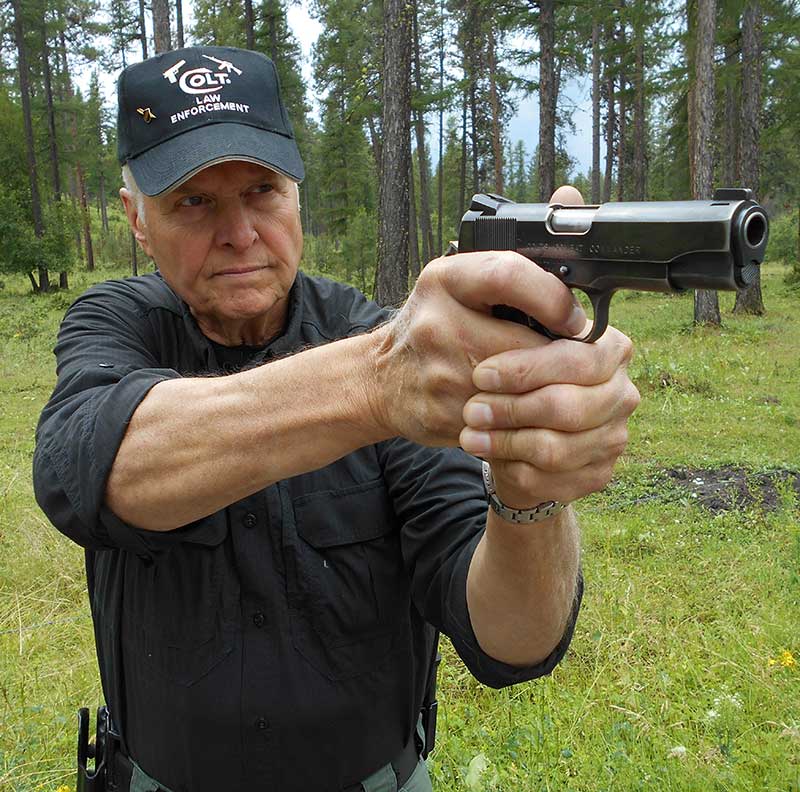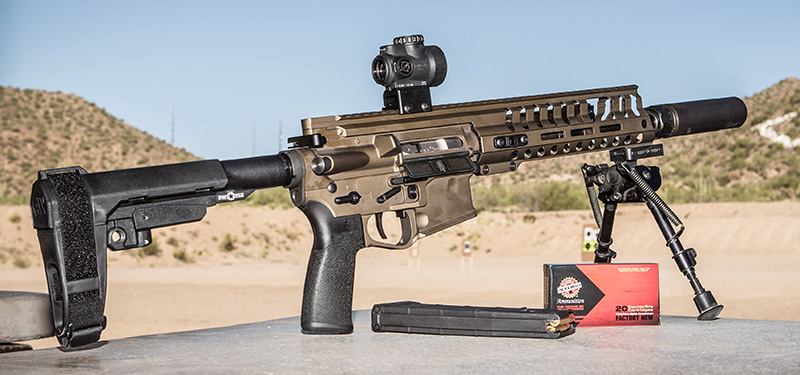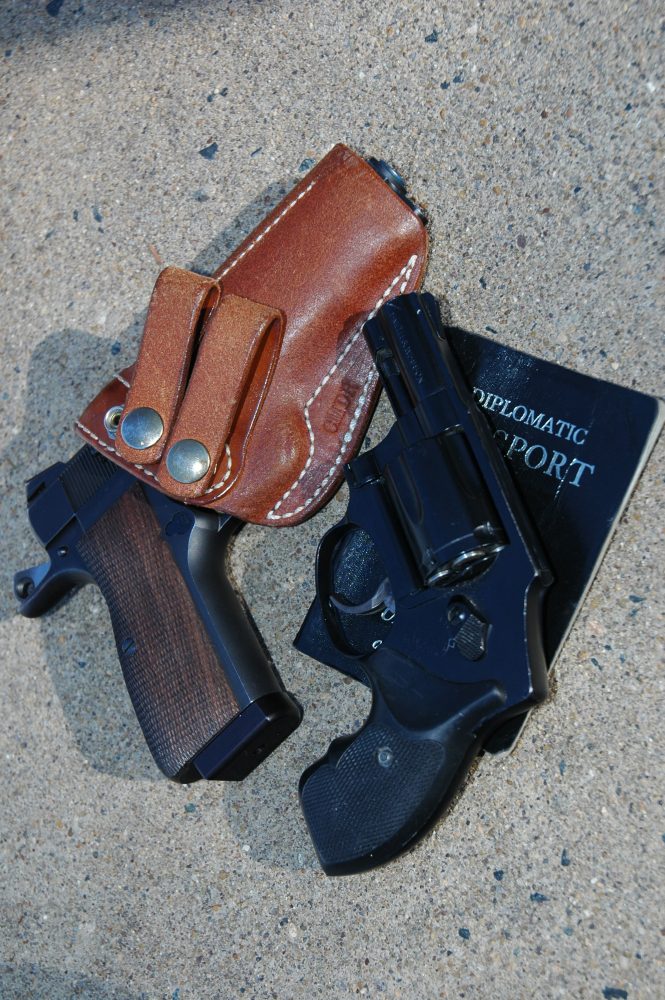
Carrying a handgun, concealed or otherwise, is permitted by law in many states. Several states have no restrictions on carry, and a number of others have “shall issue” laws. And of course a few states severely restrict not only the carrying of a weapon by honest citizens, but also prohibit the mere possession of a firearm.
I have been carrying a handgun daily for 36 years, and I don’t profess to know everything that everybody needs to know about daily carry. But I have learned a thing or two over the years, generally as the result of being caught short. So read on, but understand that each community may have a particular standard that must be met before you can legally carry a handgun.
Table of Contents
A GUN IS NOT THE ANSWER TO EVERY PROBLEM
Far from it: it may instead be a liability. Used properly, the gun can solve the ultimate problem—when someone is about to use Deadly Physical Force (in some locations, force that equates to serious physical injury) against you or a third person. But it may be contraindicated under other circumstances.
Without training in both the applicable legal statutes concerning the use of Deadly Physical Force (DPF) and operation of that firearm, and combined with an improper mindset, a handgun may be no more than a gross liability.
Being armed is more than just the possession of the firearm. The gun is only a tool. The mind is the true weapon. If you think otherwise, you may not understand the reality of the situation.
Be honest as to the reason you want to carry a gun. If you think the fact that you are carrying a gun will cure male pattern baldness, give you six-pack abs, or make you irresistible to the opposite sex, you are flat stupid. You are equally stupid if you believe you will impress anyone with your iron/plastic/whatever bullet launcher. In fact, the opposite may be true.
The gun is for your protection, and generally speaking, to prevent someone from using DPF against you or a third person. That’s it.
Rogers carried this Ruger Speed Six and S&W M36 while a cop in NYPD. This was in the six-shooter days, and he never felt under-armed with these guns. The Speed Six was a larger gun, equivalent to a K-Frame. It shot very well and gave him good service. M36 was a gift when he came on The Job, and was a great back-up gun.
UNDERSTAND THE CAPABILITIES AND LIMITATIONS
The firearm on your hip is not a death ray. Neither is it a device with which you can threaten or bluff someone. But it can deliver a wound that may or may not result in the immediate incapacitation of an opponent. The courts, and society as a whole, take that very seriously. Carrying a firearm represents a paradigm shift for most people.
Carrying your favorite handgun is not as simple as it sounds. It requires a gross shift in your attitude, demeanor, habits, and choice of clothing. Habits may include changes in acquaintances. You will find that some whom you once considered friends may feel uncomfortable around you because you have made a decision they were unable or unwilling to make. Others will have an unnatural fear of being in the presence of a loaded firearm.
If you have kids, you will have to make adjustments in your lifestyle. Some parents may not allow their kids into your house, which can be a bone of contention. Some of these societal issues may be common sense, while others carry the weight of law.
You may also come to understand that certain locations must be crossed off your list of places to visit. This should include bars, especially those rowdy joints where fights are common occurrences. Booze and guns are always contraindicated, and even if you are not directly involved, you may in fact be violating a legal statute just by being present.
In cooler weather or when a specific type of clothing was mandated or desired, Rogers carried in Raven Concealment OWB holster and used their mag pouches for a number of reasons. He always carried two spare magazines, no matter which pistol he was using.
MAKE A COMMITMENT
If you carry a gun, you need to carry all the time, and every place that you legally can. Too often I hear people say they only carry when they feel a threat. Those may be among the stupidest words to ever come out of their mouths. If I knew I was going to get in a gunfight on the way home from getting my hair cut, I would just skip the tonsorial ministrations and stay home.
HARDWARE
The gun you carry is going to be a compromise. Someplace along the line, you will realize that the gun you want to carry and the gun you will have to carry may be two different animals.
Larger guns in calibers that are generally considered more capable may also be more difficult to conceal. Also understand that concealment is usually more a matter of holster design than gun size.
HOLSTERS
Useful holsters can be divided into two main types: inside the waistband (IWB) and outside the waistband (OWB).
IWB holsters are significantly more concealable, but also may be less comfortable, especially if you are sporting a food blister. On the other hand, they are easier to don and doff, making life less complicated for those who have that particular need. They may also require a trouser and belt size adjustment to compensate for the added bulk.
The OWB is significantly more comfortable, but also significantly more difficult to conceal. You have several competing priorities working simultaneously. You can make your carry very concealable, but at the cost of a much slower drawstroke. Or you can have a faster drawstroke, but with less concealability, meaning you give up a major tactical advantage.
Other holsters are also available: The fanny pack is an alternative under certain circumstances. It is common, readily available, and can carry your pistol, spare magazines, light, and other essentials very handily. Because it is so common, it may or may not be an apparent gun carrier, depending on where you are at any given time.
I strongly caution against ankle holsters except for carrying a back-up gun (BUG) or when no other options exist.
The shoulder holster so loved by the film industry has limited usefulness for everyday carry.
Belly bag is an option, but use caution. It can be a target indicator in some places, but in others it is transparent. It offers the advantage of having a one-stop shop—pistol, spare magazines, flashlight, cell phone, and cash can all be carried. It is especially useful when in a motor vehicle. Like everything else, it requires training in order to safely and efficiently present the pistol.
GUNS
Nothing you can hold in your hand can be guaranteed to stop anyone with one or more shots. Eliminate the terms “stopping power,” “knock-down power,” and “hydrostatic shock” from your internal dictionary. They do not apply to what you are carrying. However, calibers that fall in between .356 (that is, .38 Special/ 9x19mm) and .45 are usually considered to be useful.
While I have seen a lot of people turned into canoes at the city morgue as the direct result of ingesting projectiles in .22 Long Rifle, .25 ACP, .32 and 9x17mm (.380), I have also seen failures to stop from .357 Magnum, .45, and 7.62x51mm.
Shot placement is paramount. A solid hit with a .22 is much better than a near miss with a Whiz Bang 2000 loaded with Uncle Cheech’s Garlic-Soaked Heat Seekers.
All the factors that play into success or failure in a gunfight—type of gun, brand of ammunition, caliber, projectile weight, and muzzle velocity—are distant thirds to technique and mindset.
REVOLVER OR SEMI-AUTO?
The correct answer here is “Yes.” Both types are viable for anti-personnel use.
Revolver: Pros
- Simple manual of arms
- Usually reliable
Revolver: Cons
- Generally bulkier than semi-auto pistols
- Malfunctions can be showstoppers
- Trigger pull can be moderate to difficult
- Reduced ammunition capacity
- Reloading can be slow
Semi-auto pistols can be broken down into two categories: Single-Action (SA) and Double-Action (DA). Striker-fired guns like the S&W M&P and Glock are similar to the SA guns in trigger press, and will be grouped there.
On the SA gun, the hammer is cocked by manipulation of the slide while loading or as the pistol is being fired. The trigger press is less (in distance traveled) and in weight.
On the DA gun, the hammer is cocked by the trigger (for conventional DA) on the first shot only. Successive shots are SA only. On a Double-Action-Only (DAO) gun, the trigger cocks the gun for every shot. This results in a long and heavy trigger press.
As many have stated before me, the DA pistol is the perfect solution to a non-existent problem. The first trigger press requires one type of grip. The second and additional shots are SA and require a different trigger press and grip. Some law enforcement agencies and departments mandate DA guns because they neither trust nor provide appropriate training for their people.
Some shooters can make the DA gun work well. It is generally a more difficult trigger to master, and while trigger control is not the only technique necessary, it is the single most important mechanical skill to be mastered. If you have a choice, avoid the DA pistol like the plague.
The SA pistol/striker-fired pistol has a single trigger press/grip for each shot, making it easier to shoot.
Semi-Auto Pistol: Pros
- Generally less bulky (depending on model) than revolvers
- Usually very reliable
- Higher ammunition capacity
- Malfunctions are generally easier to clear
Semi-Auto Pistol: Cons
- Manual of arms may be more complicated
- May be ammunition sensitive
Some of author’s carry guns. Realistically, caliber and bullet configuration are not as important as shot placement. Clockwise from 12 o’clock: Colt Commander, Colt CGP, S&W Model 36, S&W Model 38, Ruger Speed Six, Colt Cobra, and S&W M&P .45.
CONTINUE THE COMMITMENT
You cannot do this with a 50% attitude. If you think you only have to carry when you feel an elevated threat level, you are a fool. Consider instead a quick job change. Or perhaps you could go to Vegas and make a killing there. But you will never be able to predict when you might need to protect yourself or your family from an immediate threat.
Likewise, if you are the type who is not comfortable carrying a loaded gun (that is, in Condition 1, round chambered), but instead delude yourself into thinking that Condition 3 carry (empty chamber) is just as good, you are wrong. You may think you can successfully draw the pistol, rack the slide, and dispatch the bad guy or three into a parallel dimension, but I wouldn’t bet on it.
Another factor against Condition 3 carry is the possibility you may not have the use of your support-side hand due to injury or being otherwise occupied for any number of reasons.
If you choose to deliberately handicap yourself and carry in a significantly less efficient manner, maybe you should question your ability to use Deadly Physical Force against another human being. Most people have never been in a for-real fight, and may actually believe they happen just like they do on TV. But they don’t happen that way.
Violent encounters occur at what might be the speed of light. Mr. and Mrs. Average American are generally floundering around in a state of perpetual White and may never know that the encounter in fact occurred, and by then it may be way too late to influence the outcome…
In a pistol class on Long Island several years ago, I had a student who was a high-end jeweler and the father of a NYC Detective. He owned a Walther PPK/S and wanted to use it in the class.
While normally it is a very good idea to shoot the gun you carry, the PPK/S was insufficient for a 750-round class. The jeweler accepted an offered G19 and did well. He asked to try his gun at the end of the class, but when he attempted to fire, the trigger would not move. The gun was locked up solid. This man had carried this gun in a high-risk business for 14 years and had never fired it or performed any maintenance on it.
The late, great Jeff Cooper often stated, “You cannot make an appointment for an emergency.” Those words should be etched on your bathroom mirror. And when you look in that mirror, understand that the person you see may be the only one who can positively influence the event.
[This article first appeared in the March 2010 issue of S.W.A.T.]
